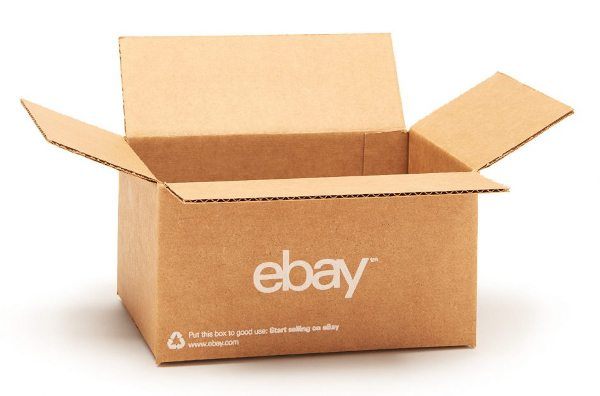Thousands of third party sellers are on Amazon Marketplace, which accounted for 42% of the revenues from the company’s commerce arm in 2017, up from 24% in 2010, according to an estimate from Deloitte LLP. Amazon’s growth in the marketplace category is becoming a serious problem for eBay, which has fallen to the number two spot after Amazon became the largest online marketplace. Today, about 52% of eBay merchants are also Amazon merchants, down from 65% in 2017, as sellers have become very keen to tap into Amazon Prime’s 100 million subscribers. The bottom line is that eBay needs to rethink its strategy to remain relevant with both buyers and sellers.
And indeed, eBay is taking some bold and controversial moves to fight back. For example, in Australia eBay has barred sellers from using Amazon’s fulfilment service, an aggressive move as the online giant expands in Australia. Last month, Amazon.com.au grew to 14,000 sellers, of which about 3,000 are already taking advantage of its fulfilment services, which provide warehouses to stock and ship products on behalf of sellers. eBay does not offer this service which is a huge advantage to Amazon. The controversial strategy barring Australian eBay sellers from using Amazon’s services means, for example, that US sellers can safely use Amazon fulfilment to stock products sold by eBay, but sellers in Australia cannot.
eBay is also tackling Amazon Prime head on in Australia, where they just announced the launch of a new membership delivery service called eBay Plus, which was previously offered only in Germany. This service gives Australian shoppers unlimited deliveries and returns on new items bought from thousands of retailers for an annual fee of $49. The company plays with the advantage that there’s no Amazon Prime which offers comparable delivery benefits.
The battle isn’t confined to the delivery services. eBay is also making significant changes to its platform to remain competitive. Earlier this month, they launched a new shopping experience that lets online consumers focus on their interests, and experience a more personalized version of eBay. This is a clear effort to match Amazon’s “customers also viewed” product recommendation engine. Within this updated version, they launched the ‘interests’ feature which enables shoppers to share their particular tastes. The platform then curates items from its 171 million buyers to create a personalized version of its store, where shoppers can browse collections related to those interests.
Making the process of listing their goods attractive for sellers is of paramount importance, and the fees and pricing structure for both platforms is quite different. Sellers through eBay pay a fee for listing items for sale on the site, and they pay 10% of an item’s sales price back to the company, up to $250 per item. Sellers through Amazon do not pay to list items for sale, but Amazon assesses a flat fee of $0.99 per item sold. In addition to the flat fee, Amazon keeps a percentage of the total sales price of an item, ranging from 6 to 25%. With competition intensifying between both companies, these fees might become the next battleground to attract sellers.



